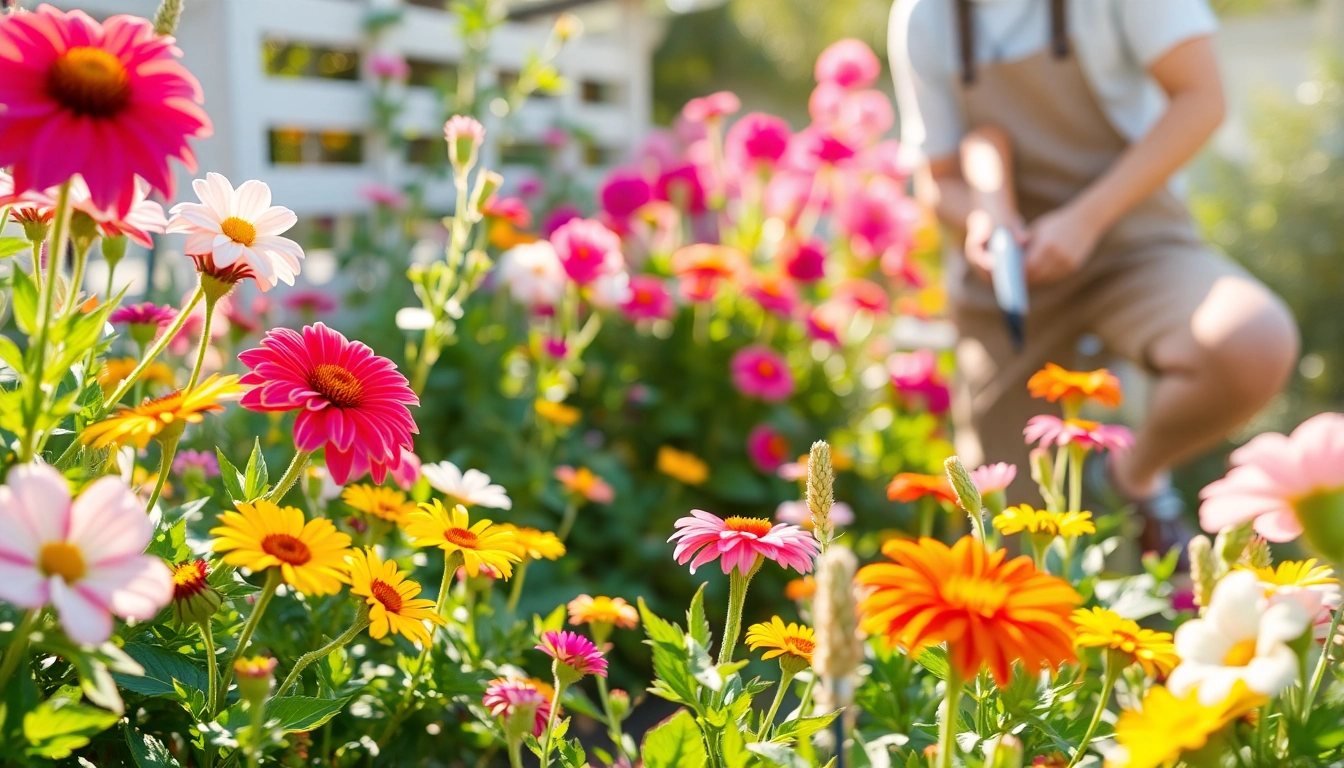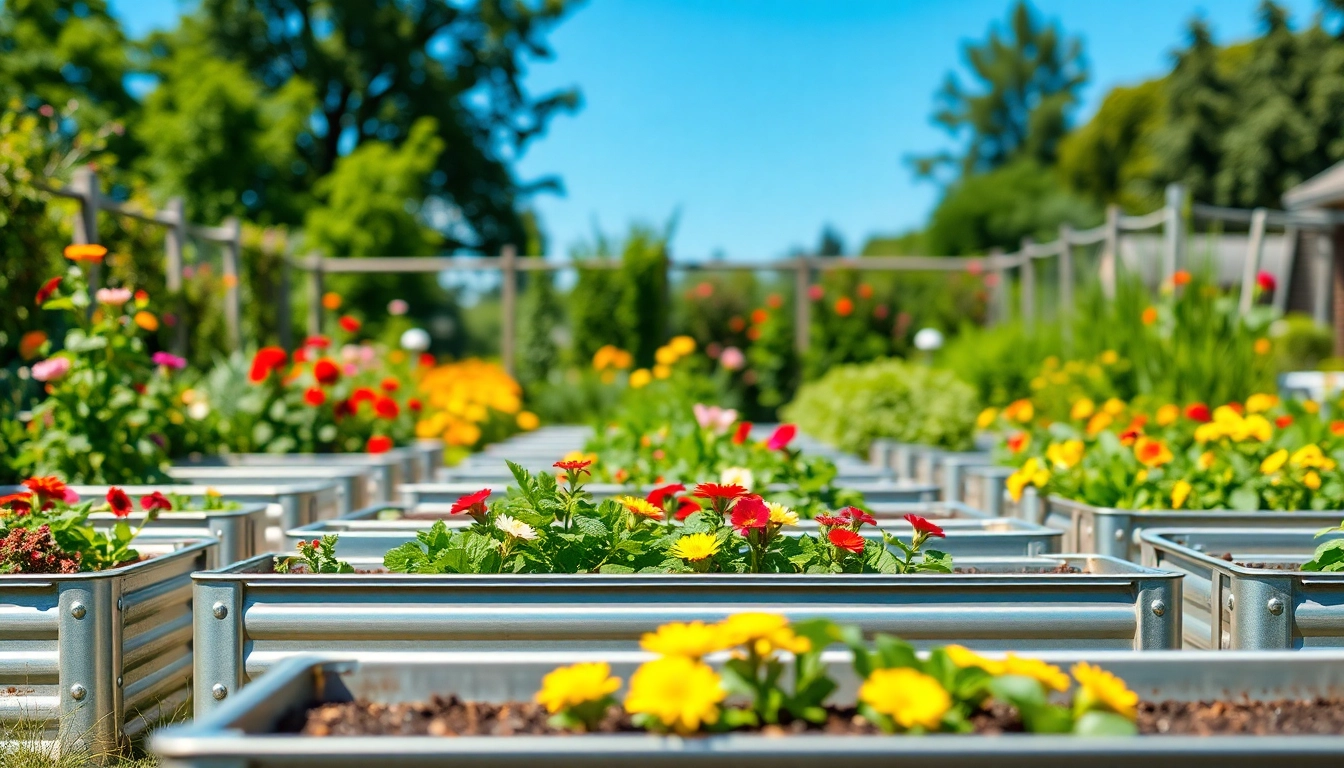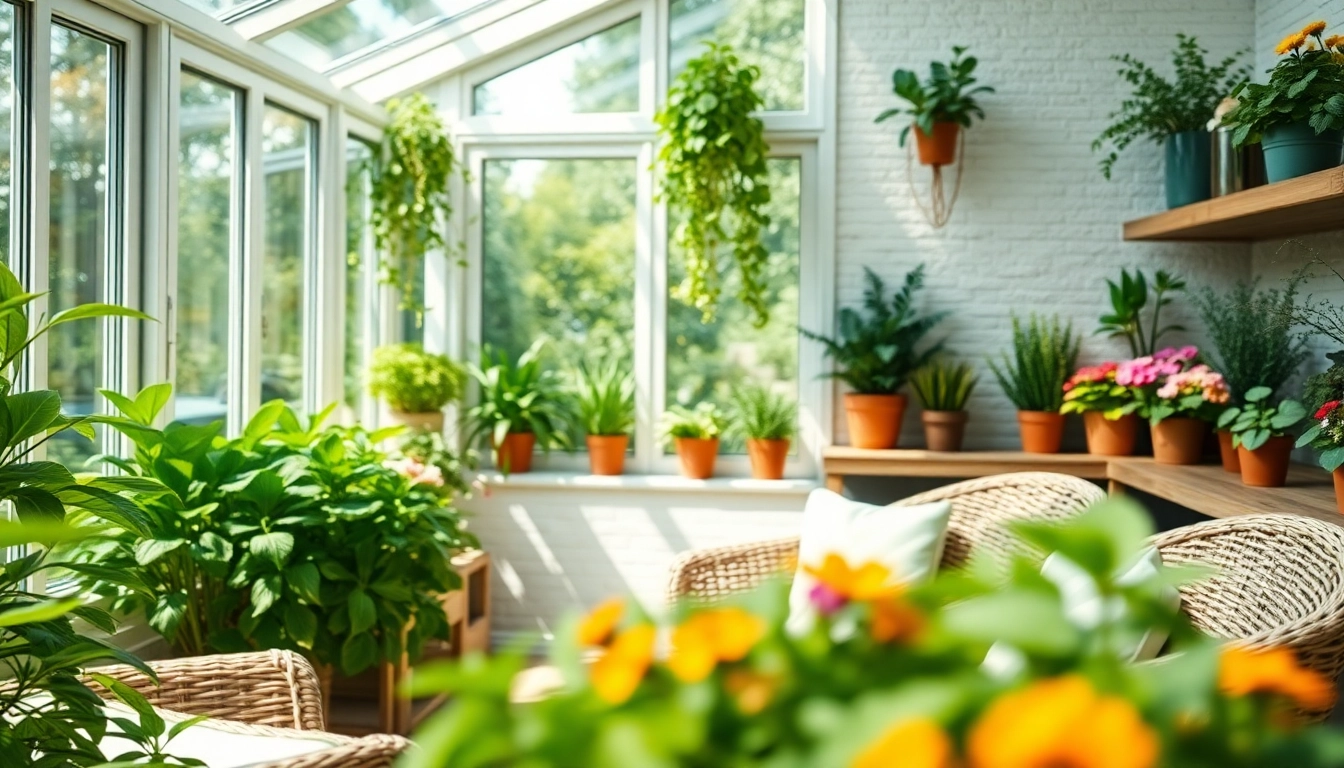1. Introduction to Garden Maintenance Services
Gardens are more than just patches of land; they represent our connection to nature, relaxation, and the beauty of the outdoors. However, maintaining a garden isn’t merely about planting a few flowers or shrubs. Garden maintenance services play a crucial role in ensuring that our green spaces thrive throughout the changing seasons. This article delves into the intricacies of garden maintenance, detailing its importance and the key benefits derived from professional services.
1.1 What is Garden Maintenance?
Garden maintenance involves a variety of activities designed to keep a garden healthy, attractive, and thriving. This includes tasks such as weeding, fertilizing, pruning, transplanting, and seasonal clean-ups. The ultimate goal is to create an environment where plants can flourish, pests are managed, and the garden remains visually appealing throughout the year. Depending on the size and complexity of the garden, maintenance can range from simple weekly tasks to comprehensive seasonal overhauls.
1.2 Importance of Regular Maintenance
Regular maintenance ensures that plants receive the necessary nutrients, sufficient space to grow, and protection from diseases and pests. Neglecting a garden can lead to weed overgrowth, pest infestations, and plant diseases, which can rapidly turn a lush paradise into a chaotic wilderness. Moreover, consistent upkeep can prevent more significant issues down the road, saving both time and money. Just as regular check-ups are vital for our health, regular maintenance is vital for the health of our gardens.
1.3 Key Benefits of Professional Services
While home gardeners can manage basic tasks, professional garden maintenance services bring expertise, tools, and experience to the table. Here are some notable benefits:
- Expertise: Professionals understand plant biology, pest management, and soil health, allowing for tailored care.
- Time Savings: Professionals can efficiently handle maintenance, freeing up your time for other activities.
- Consistency: With regular service, gardens maintain a consistent aesthetic throughout the seasons.
- Enhanced Value: A well-maintained garden can increase the property value significantly.
2. Common Garden Maintenance Tasks
Understanding specific maintenance tasks empowers homeowners to address their gardens’ needs effectively. Here are some common tasks that form the backbone of a comprehensive garden maintenance service:
2.1 Pruning and Trimming Techniques
Pruning involves selectively removing parts of a plant to enhance its growth and flowering. Trimming focuses more on shaping plants. Both serve crucial functions in maintaining plant health. Proper pruning techniques foster air circulation and sunlight penetration, reducing the likelihood of diseases while encouraging new growth. It is essential to prune at the right time of year, depending on the plant type, to achieve optimal results.
2.2 Fertilization and Soil Health
Fertilization replenishes soil nutrients that plants deplete over time. Professionals typically conduct soil tests to ascertain nutrient levels and determine the appropriate type and amount of fertilizer required. Applications must be timed correctly based on growing seasons, and organic fertilizers can often be chosen to promote sustainable practices.
2.3 Seasonal Cleaning Duties
Seasonal cleaning encompasses various activities such as removing debris, raking leaves, and preparing beds for planting. In spring, gardeners typically focus on clearing winter debris and conditioning the soil, whereas autumn involves cleaning up fallen leaves and deeply preparing the soil for the winter months. Such efforts create a tidy aesthetic and protect plants from pests and diseases during off-seasons.
3. Choosing the Right Garden Maintenance Service
With numerous garden maintenance services available, selecting the right one for your needs can be a daunting task. Here’s how to identify the most suitable service provider:
3.1 Assessing Your Garden Needs
Before contacting any service provider, evaluate your garden’s current condition and your maintenance requirements. Consider factors such as plant diversity, garden size, the level of care required, and your personal preferences. Creating a checklist of tasks you believe need addressing can streamline this process.
3.2 Evaluating Service Providers
Research potential service providers thoroughly. Look for experience, customer reviews, and service offerings. Professional certifications or affiliations with horticultural organizations can indicate credibility and expertise. Request quotes from multiple providers to compare their services and pricing.
3.3 Questions to Ask Potential Service Providers
When narrowing down your options, prepare a list of pertinent questions to assess each provider’s suitability:
- What services do you offer, and how often can you perform maintenance?
- Can you provide references or testimonials from previous clients?
- What are your credentials and experience in garden maintenance?
- Do you use eco-friendly products and practices?
- What is the estimated cost, and what does that include?
4. DIY vs. Professional Garden Maintenance Services
Many homeowners grapple with whether to take on garden maintenance themselves or hire professionals. Each approach has its pros and cons. Understanding these distinctions can guide effective decision-making.
4.1 Pros and Cons of DIY Maintenance
DIY maintenance can be fulfilling but comes with challenges. The benefits include:
- Cost Savings: Doing it yourself eliminates service fees and may be ideal for smaller gardens.
- Personal Satisfaction: Many gardeners find joy and relaxation in caring for their spaces.
However, there are cons that need consideration:
- Time-Consuming: Proper maintenance requires significant time, especially for larger gardens.
- Lack of Expertise: Without knowledge of plant care techniques, improper maintenance can damage plants.
4.2 Cost Comparison: Doing It Yourself vs. Hiring
Evaluating financial aspects is critical in deciding on DIY maintenance versus hiring professionals. Consider initial investments for tools, materials, and your time. On the other hand, professionals charge based on the type of services provided and may offer tailored packages. When factoring in the long-term health and aesthetic value of your garden, professional services can ultimately be more cost-effective due to their expertise and efficiency in achieving desired results.
4.3 When to Call in the Professionals
Certain situations warrant professional intervention. If your garden exhibits severe pest infestations, significant overgrowth, or if you lack the time or knowledge for complex tasks, hiring a professional is wise. Additionally, if you’re aiming for specific aesthetic goals or require expert landscape design, professionals can help achieve the vision you have for your garden.
5. Ensuring Sustainable Garden Practices
As environmental awareness increases, so does the need for sustainable garden practices. Combining beauty and conservation enhances not only your garden but also the ecology surrounding it.
5.1 Eco-Friendly Maintenance Techniques
Many maintenance techniques can align with sustainable principles. For example, opting for natural pest deterrents, using organic fertilizers, and embracing mulching can reduce chemical footprints while enriching the soil. Moreover, sustainable practices prioritize water conservation by implementing drip irrigation systems that minimize waste.
5.2 The Role of Native Plants in Maintenance
Using native plants in your garden means you’re choosing plants that are well-adapted to your local climate and soil conditions. Native plants tend to require less water, fewer pesticides, and less maintenance, creating a more resilient garden ecosystem. They also provide habitat and food for local wildlife, contributing positively to biodiversity.
5.3 Long-term Benefits of Sustainable Practices
Investing in sustainable garden practices can lead to substantial long-term benefits. Besides enhancing the beauty and functionality of your garden, it fosters a healthier environment by preventing soil erosion, promoting pollination, and maintaining local flora and fauna. Such practices can also yield cost savings over time, as they reduce the necessity for expensive chemical treatments and conserve water resources.















Leave a Reply